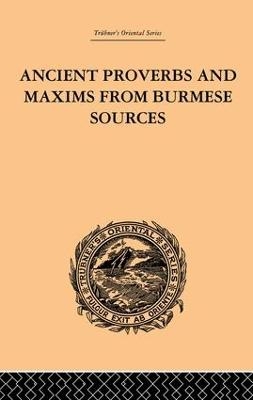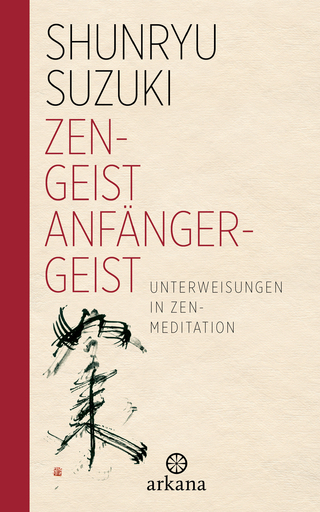
Ancient Proverbs and Maxims from Burmese Sources
Routledge (Verlag)
978-1-138-86221-0 (ISBN)
James Gray
Chapter 1 The Lokanîti. 1 I have selected this Nîti for translation before the others because it is the most popular in Burma. Its popularity during recent years has been increased by printed editions of it emanating from the presses of Rangoon. It forms, besides, a textbook for the vernacular schools of the province. The Pâli text of it is very corrupt in many places, and an emended edition has not yet been attempted. The Lokanîti (“Worldly Behaviour”) is divided into seven sections, viz., (1) T HE E VIL -D OER, (2) T HE G OOD M AN, (3) T HE E VIL -D OER, (4) F RIENDSHIP, (5) W OMAN, (6) K INGS, and (7) M ISCELLANEOUS. It was, for the first time, rendered into Burmese in A.D. 1835, during the reign of Bhagidaw, by the guru Cakkandâbhisîri; Chapter 2 The Dhammanîti. 1 The Dhammanîti consists of 414 stanzas in 24 sections. It was for the first time translated into Burmese by the head priest Tipitakali?kâra Mahâdhamma in 1784 A.D., in obedience to the order of King Bodopra. The following three stanzas are introductory:– “Vanditvâ ratana? se??ha? Nissâya pubbake garu? Nîtidhamma? pavakkhâmi Sabbalokasukhâvaha?. Âcariyo ca sippañca Paññâ sutar? kathâ dhana? Deso ca nissayo mitta? Dujjano sujano bala?. Itthî putto ca dâso ca Gharâvâso katâkato Ñâtabbo ca ala?kâro Râjadhammopasevako Dukâdimissako ceva Paki??ako ti mâtikâ.” Translation:– Having paid homage to the Three Gems and to my venerable preceptor, I shall recite the Dhantmanîti, based on ancient works, for the benefit of the whole world. The Preceptor, Scholarship, Wisdom, Knowledge, Conversation, Wealth, Habitation, Dependence, Friendship, the Bad Man, the Good Man, the Powerful; Women, Children, Servants, Residence, What should be done, What should not be done, What should be known, Ornamentation, Royalty, Ministration, Things taken by twos and threes, and Miscellaneous : these form the subjects of discourse; Chapter 3 Râjanîti. 1 This anthology, based on the Indian Dharma?âstras, was compiled by the Brahmans Anantañâ?a and Ga?âmissaka. It must not be confounded with the Râjanîti of Lallu Lâla in the Braj dialect, which is comparatively modern ( A.D. 1859), and based chiefly on the Sanskrit Hitopade?a. Chronologically, the Burmese compilation stands after the Lokanîti and Dhammanîti, and has for its prototype the Râjanîti?âstra of C?ânakya, the famous minister of C?andragupta, king of Pâ?aliputra; Chapter 4 The Suttava??hananîti. 1 This anthology was compiled and translated into Burmese by Saddhammanandîmahâthera of Chaunkauk in Upper Burma. Suttava??hanaîti signifies the “Guide for the Advancement of Knowledge.” It is a collection of maxims from Buddhistic sources chiefly;
| Erscheint lt. Verlag | 23.12.2014 |
|---|---|
| Verlagsort | London |
| Sprache | englisch |
| Maße | 138 x 216 mm |
| Gewicht | 249 g |
| Themenwelt | Literatur ► Anthologien |
| Literatur ► Biografien / Erfahrungsberichte | |
| Literatur ► Essays / Feuilleton | |
| Schulbuch / Wörterbuch ► Wörterbuch / Fremdsprachen | |
| Geisteswissenschaften ► Religion / Theologie ► Buddhismus | |
| Sozialwissenschaften ► Soziologie | |
| ISBN-10 | 1-138-86221-5 / 1138862215 |
| ISBN-13 | 978-1-138-86221-0 / 9781138862210 |
| Zustand | Neuware |
| Haben Sie eine Frage zum Produkt? |
aus dem Bereich


